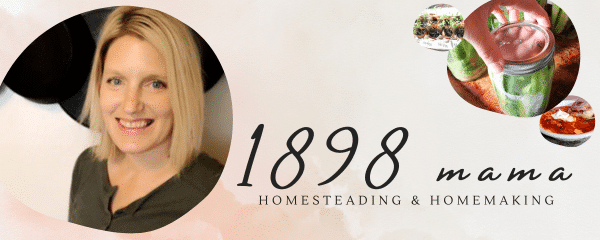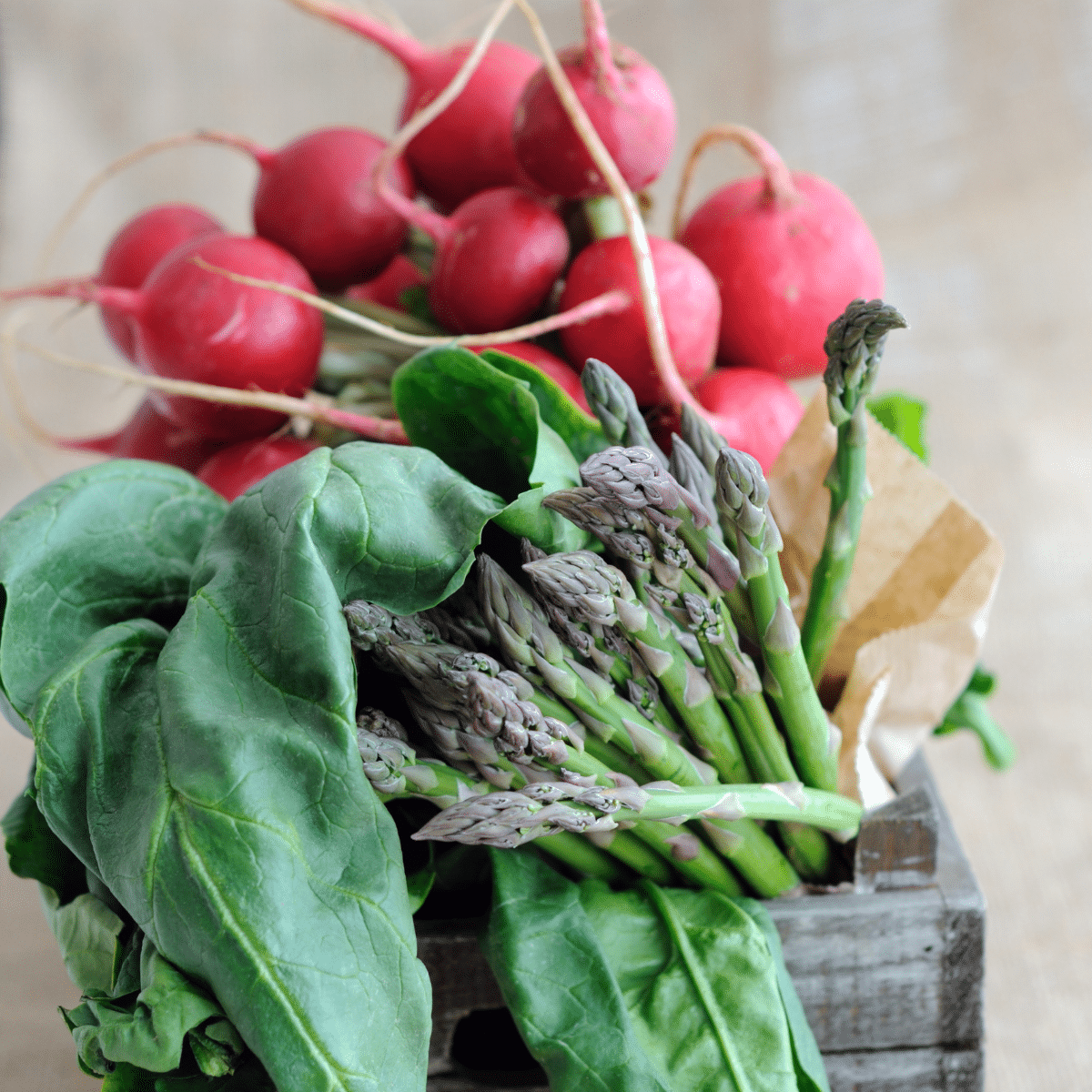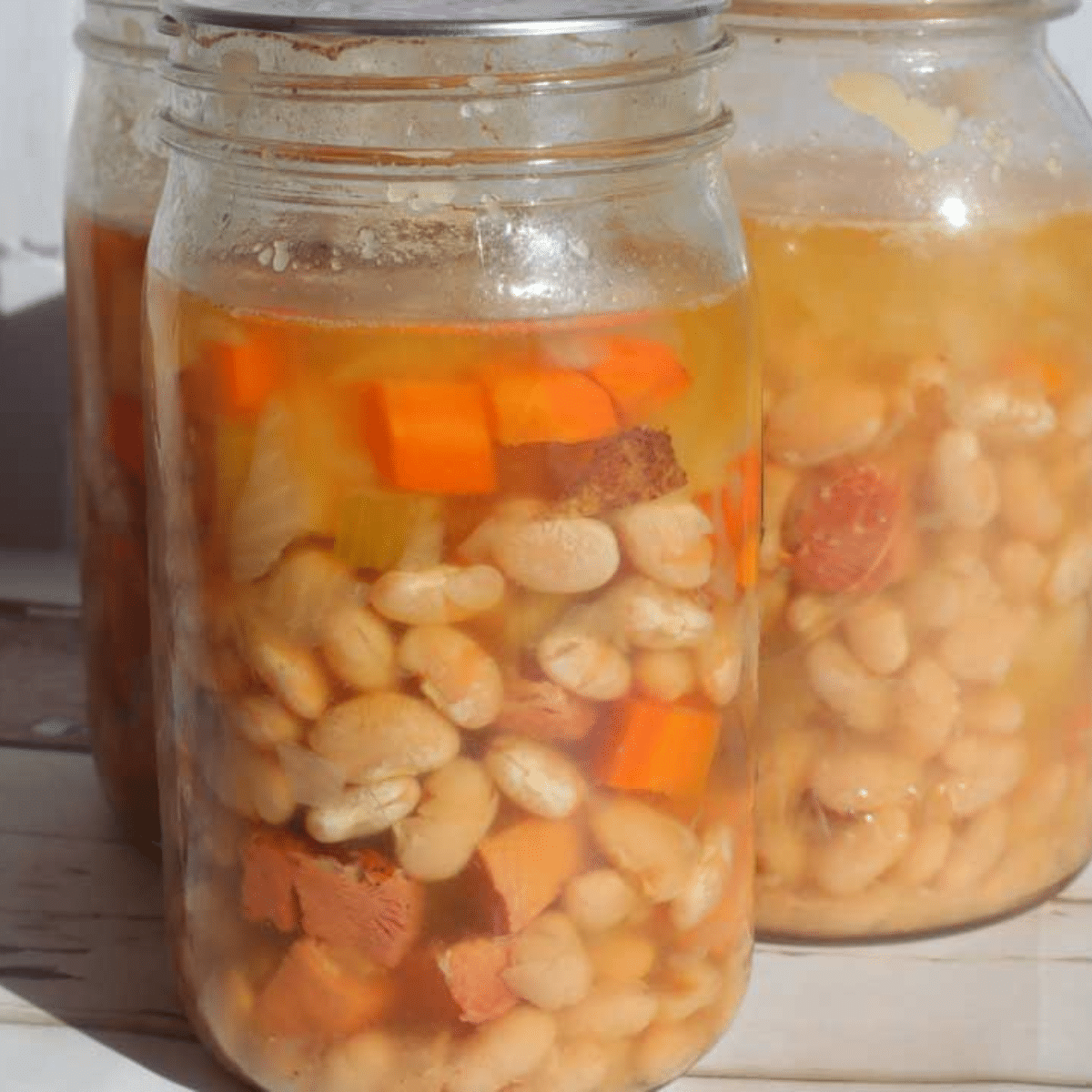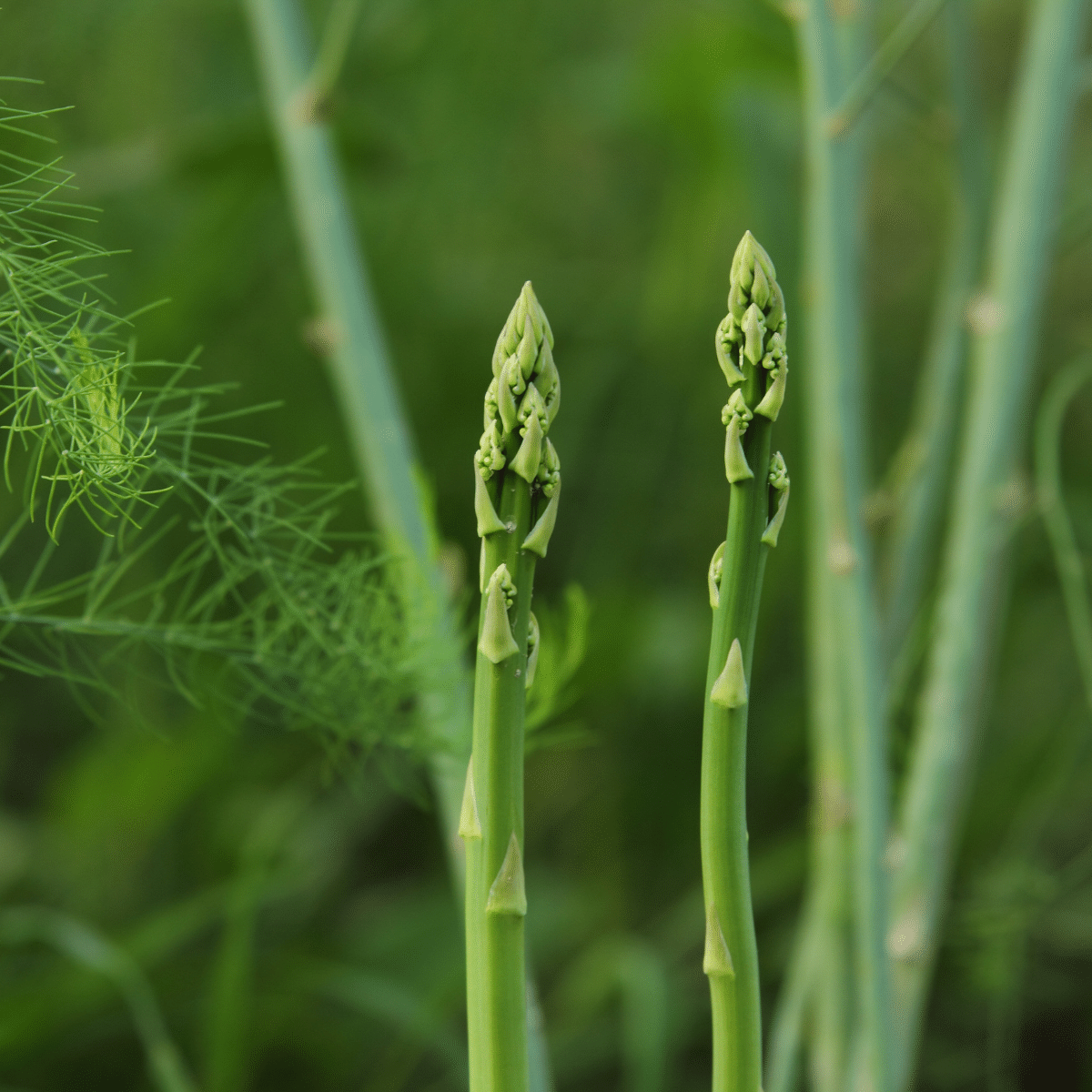How to Water Bath Can
Learning how to water bath can is the first step to truly making a difference in the home food preservation game. Foods from gardens and farmer’s markets taste so much better than store counterparts, so preserving these foods at home can allow you to enjoy these foods all year long.
Water bath canning is basically just boiling food in jars until an airtight seal forms.

THINGS TO KNOW
Water bath canning is only for high-acid foods. High acid foods include jams & jellies, fruit preserves, and pickled vegetables. Foods such as meat and beans are low-acid foods and need to be preserved by pressure canning in a pressure canner, not to be confused with an instant pot. For water bath canning the ph level must be 4.6 or lower.
There are a few different names for water-bath canning. It is also known as boiling water bath or hot water canning.
EQUIPMENT NEEDED
This post contains affiliate links, which means I make a small commission at no extra cost to you. See my full disclosure here.
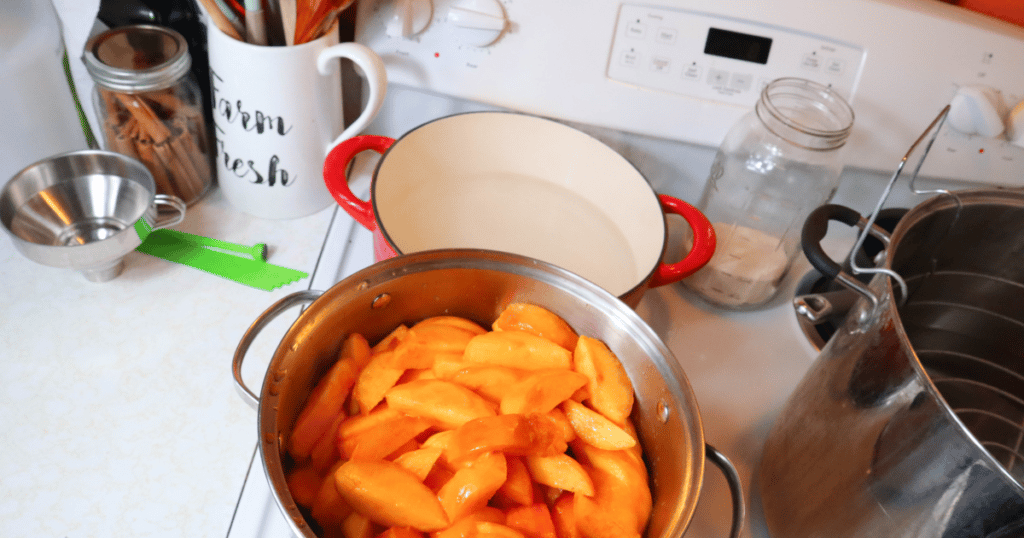
- Water bath canner – this is just a large, tall stockpot
- Canning Rack – bands can also be placed in the bottom of the pot as an alternative
- Glass jars – thrift stores and garage sales are great places to find these for cheap. The most popular brands are Ball mason jars and Kerr mason jars
- Lids & Bands – lids need to be bought new
- Funnel – ideally stainless steel
- Ladle
- Debubbler and headspace tool
- Jar Lifter
- Stovetop
HOW TO WATER BATH CAN
There is some prep work that must be done every time water bath canning happens. Wash the jars, bands, and lids in hot, soapy water or use the sanitize cycle on a dishwasher. Check all jars and jar rims for cracks or chips.
Older lids will need to be heated and boiled in water, however many newer lids just need to be washed.
PREPARE CANNER
Place the rack in the bottom of the water bath canner. Add enough water to be able to cover the jars by 1-2 inches, this is about half full. Afterwards, turn on the stove and warm up the water, maintaining a simmer while preparing food.
FILL JARS
Hot jars, hot food. Never place something cold into something hot as that will cause jars to bust. If jars are not hot from being sanitized, place jars on a cookie sheet in the oven and turn the oven on to the lowest temperature of the oven and warm jars up that way.
Fill jars with food up to the correct amount of headspace. Using a canning funnel will keep the mess to a minimum. A canning recipes should always provide you with the headspace amount needed. Check headspace with a headspace tool by placing on top of the rim of the jar and measuring to the top of the food.
Run a bubble wand or chopstick around the edge of jar to remove any air bubbles.

GET JARS READY
Place vinegar on a clean towel or paper towel and wipe the rim of the jar.
Place new lids onto the jars. Screw band on finger tight.
Using a jar lifter, place jars onto a rack in water bath canner. Having a rack with handles makes this step much more simple.

PROCESS JARS
At least 1 inch of water should be covering the jars. If not, add some more water now.
Jars should not be touching each other.
Turn up the heat on the stove and bring water to a full rolling boil. Place the lid on top of canner. If there is too much of a vigorous boil, turn down the heat just a bit.
Start timing as soon as the water is boiling hard. Each recipe has different times based on foods inside and location. Follow the recipes recommended time. Do not start the timer until the water boils.

FINISHING UP
When the processing time is over, turn the heat off and let water stop boiling. Remove the jars using a jar lifter and place jars on a towel. Placing directly onto a counter could cause temperature shock. Do not tilt jars when lifting out, keep them straight.
Leave jars undisturbed for 12-24 hours. When first coming out of the boiling water bath canner, the contents of the jars may still be boiling. That is normal. Now just listen for the wonderful ping sound.

CHECK SEALS
After leaving the jars undisturbed, it is time to check the seals to make sure the food will be shelf stable. Do this by removing the bands from the jars and pressing down onto the center of the lid. They won’t move if there is a proper seal.
As a double check, try to lift the lid off the jar. If any lid comes off, either reprocess food within 24 hours or place in the fridge.
Afterwards, wash jars to remove any residue from the canning process.

STORE JARS
After cleaning jars, label and date the contents. You think you will remember, but, more often than not, you won’t.
Store jars in a cool, dark place. Direct sunlight can lessen the amount of time that the food is good for. Most food will be good for at least 18 months.
FAQ’S
Can I water bath can on a glass stove top?
Glass stove tops can crack during the canning process. Ideally, it is best to follow your stove manufacturer’s advice on whether or not to can on your glass stove top. However, many people have no problems. Sometimes though, you do hear about someone having an issue.
How much time does it take to process food in a water bath canner?
This all depends on the recipe. Remember to add in the time it takes to prep the food for canning. Additionally, there are some other things.
The time it takes for water to come to a boil, usually about 20 minutes.
How long it takes for water to come back to a boil if you didn’t have enough water, maybe 10 minutes.
The time it takes for the water to come down to remove the jars, 5-10 minutes.
Why do my jars look cloudy?
If jars look cloudy, try adding 1-2 tbsp of vinegar into the water of the pot.
How is it possible to water bath can tomatoes?
Tomatoes can be water bath canned as long as some acid is added to the glass canning jars. Usually, lemon juice or citric acid is used. This way, things like tomato sauce, salsa, and other tomato goods don’t need to be pressure canned.
WATER BATH CANNER RECIPES
BEGINNER CANNER RESOURCES
- Beginner’s Guide to Canning Book
- Ball Complete Book of Home Preserving
- How to Can at Home Without Fear
PIN THIS POST HERE:
This post may contain affiliate links which I would receive a small commission at no additional cost to you. Please read disclaimer and privacy policy for full disclosure.
